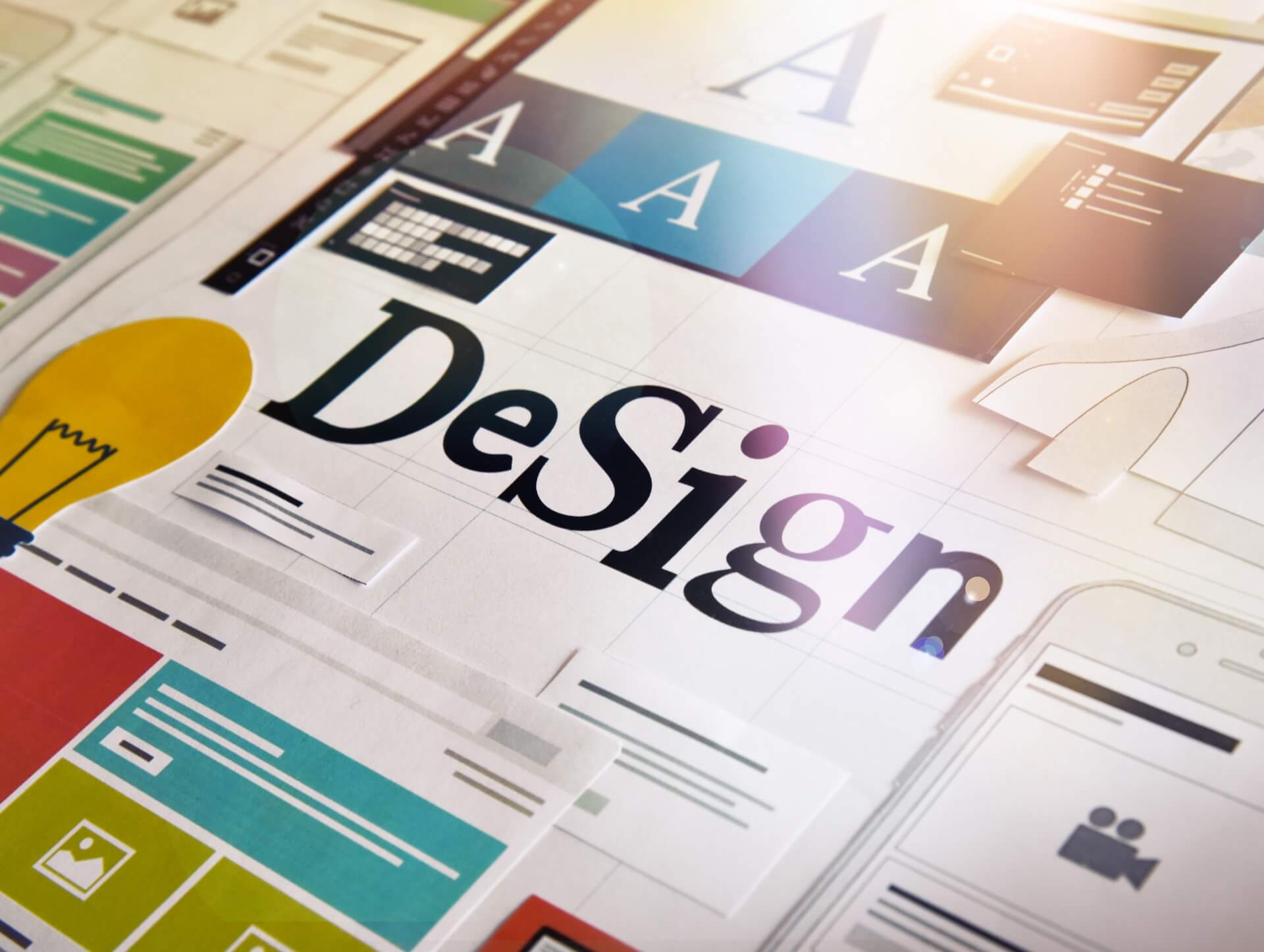The influence of design thinking on collaborative design processes

06/09/2023
The Power of Design Thinking
Design thinking is a problem-solving approach that puts human needs and experiences at the center of the design process. It emphasizes empathy, collaboration, and experimentation to create innovative and user-centered solutions. In the realm of graphic design, design thinking has a significant influence on collaborative design processes. By applying design thinking principles, designers can enhance creative collaboration, deliver tailored design solutions, and create meaningful brand experiences.
Enhancing Creative Collaboration
Design thinking fosters a collaborative mindset, encouraging designers to work closely with clients and stakeholders throughout the design process. This collaborative approach ensures that all perspectives are considered and that the final design solution meets the needs and goals of the client. By involving clients in the design process, designers can gain valuable insights and feedback that help shape the direction of the project.
Delivering Tailored Design Solutions
One of the key advantages of design thinking in collaborative design processes is the ability to deliver tailored design solutions. Designers use their expertise to understand the unique needs and challenges of the client, allowing them to create custom designs that align with the client's brand identity and objectives. This tailored approach ensures that the design solution is not only visually appealing but also effective in communicating the desired message to the target audience.
Creating Meaningful Brand Experiences
Design thinking goes beyond creating visually appealing designs. It aims to create meaningful brand experiences that resonate with the target audience. By applying design thinking principles, designers can develop a deep understanding of the target audience's needs, preferences, and behaviors. This understanding allows designers to create visual solutions that evoke the desired emotions and connect with the audience on a deeper level. By creating meaningful brand experiences, design thinking helps strengthen brand identity and build brand loyalty.
Conclusion
Design thinking is a powerful approach that has a significant influence on collaborative design processes. By applying design thinking principles, designers can enhance creative collaboration, deliver tailored design solutions, and create meaningful brand experiences. Whether it's through design consultation, ongoing creative support, or design retainers, design thinking enables designers to provide the highest level of design expertise and unlimited revisions to ensure that the client's design needs are met. Design thinking is not just a process; it's a mindset that drives innovation, empathy, and collaboration in the world of graphic design.
Contact us

Spanning 8 cities worldwide and with partners in 100 more, we’re your local yet global agency.
Fancy a coffee, virtual or physical? It’s on us – let’s connect!

